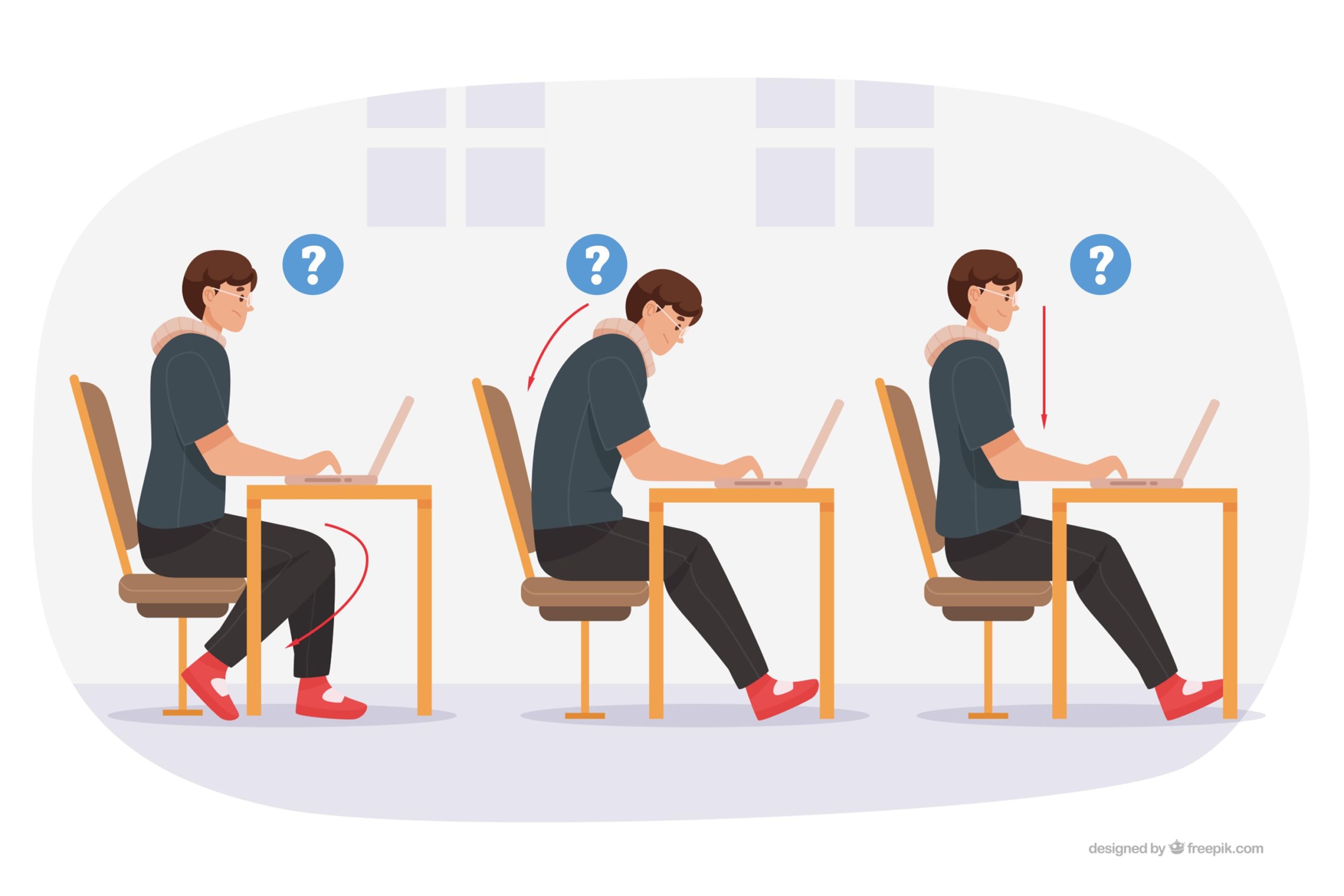Most people intuitively know that the claim that posture doesn’t matter isn’t true. For example, you would expect to have a sore neck if you spent a whole day looking up at the ceiling. On the other hand, the claim that there is the perfect posture that should always be adopted also isn’t true. For example, even if you had perfect sleeping posture, you would get bed sores if you stayed in bed for too long.
I suggest that, as for most things, it is the exposure that makes the poison. Too much of even the ‘best’ posture is not good, and the ‘worst’ posture can also be fine sometimes.
A helpful way to think about this is to imagine that your body has a bank account. Every posture you adopt withdraws money from that account. Once all your money is gone, the result is pain.
Having said that, the withdrawals aren’t all the same size. Rather, different postures result in different sized withdrawals. The more strain, or demand, a specific posture imposes on your body, the larger the withdrawal will be.
The length of time you maintain a specific posture also influences the size of the withdrawal. The longer a specific posture is maintained, the larger the size of the withdrawal.
In addition to the posture itself, the tasks you perform while in that posture also affect the size of the withdrawal. The higher the exertion, the larger the withdrawal size. For example, lifting 75 lbs will result in a larger withdrawal than lifting 5 lbs in the same posture.
Therefore, the fastest way to end up in pain due to posture is to adopt high demand postures for long periods of time while performing high exertion tasks. Contrarily, the best way to avoid posture-related pain is to adopt low demand postures for short periods of time while performing low exertion tasks.
What this means practically
- If you need to maintain a posture for a long period of time either consecutively or cumulatively, it is beneficial to choose the least stressful postures. However, remember that even those, if maintained for too long, will result in pain.
- If you need to adopt an awkward or otherwise high stress posture, it is a good idea to maintain it for the shortest amount of time possible.
- If you need to perform a high exertion task, it is a good idea to perform it in a low demand posture.
- If you need to perform a task repeatedly, it is a good idea to perform it in a low demand posture.
- As soon as a certain posture becomes uncomfortable, that is usually an indication that your bank account is almost empty. It is high time to change your posture. Ideally, you want to change your posture before you start becoming uncomfortable.
- There may be certain postures that you will need to completely avoid, at least temporarily. For example, for certain types of disc injuries, completely avoiding sitting in a fully slouched position would be beneficial.
So, does posture matter? Yes, absolutely. Are some postures good and some bad? Not really. Rather than thinking of posture in terms of good vs bad, it is more helpful to think about postures as being on a scale from less demanding to more demanding. The less demanding a posture is, the longer you can maintain it and the more demanding exertion you can perform compared to the more demanding posture. But in both cases, a posture held too long leads to problems.


